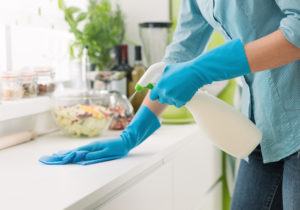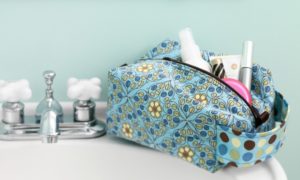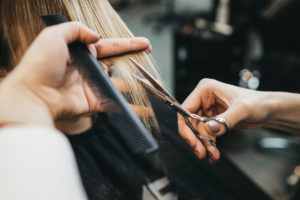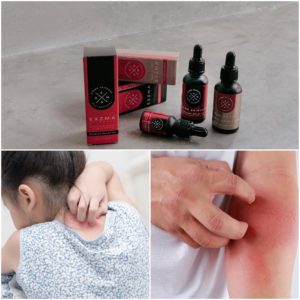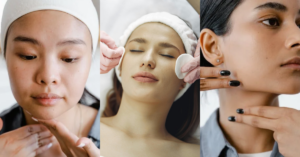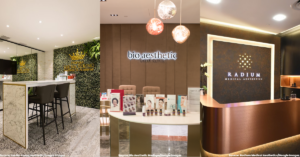Aesthetics
Here’s Everything You Want and Need To Know About Keloid Removal in Singapore
Keloids are common a common scar especially when you’ve had a vaccination, surgery or piercing. If it is small, then...
By: / April 10, 2020
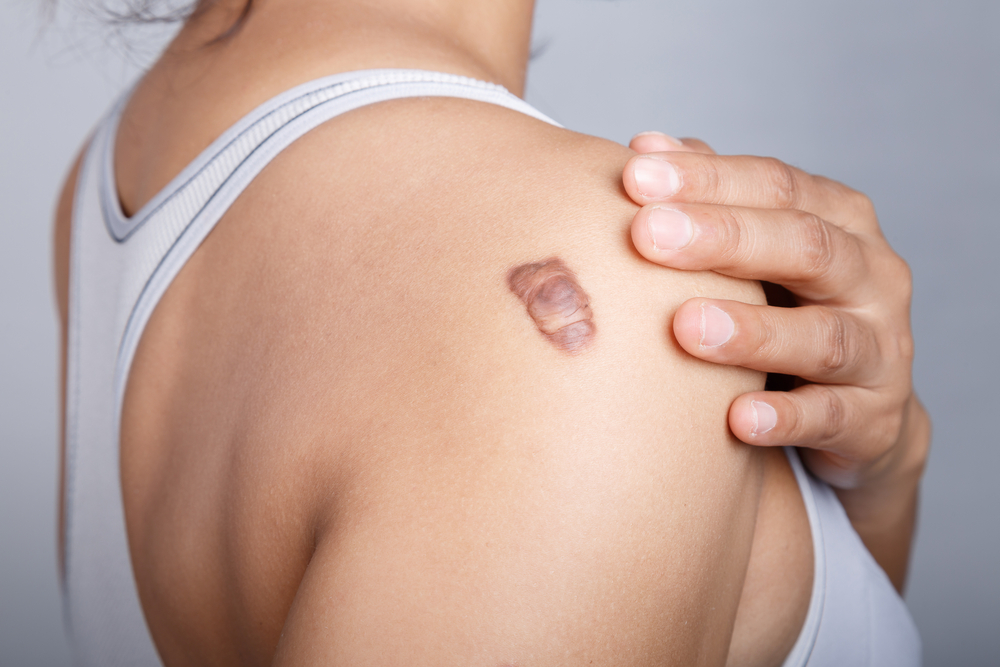
Keloids are common a common scar especially when you’ve had a vaccination, surgery or piercing. If it is small, then it usually won’t affect you much. However, if the keloid scars are big it can sometimes affect your self-esteem and lower your confidence. Well, with the advancement of aesthetic technologies these days, there are new aesthetic treatments in removing them. With that, Beauty Insider gives you all the information you need to know about Keloid removal in Singapore.
Contents
What are Keloids?
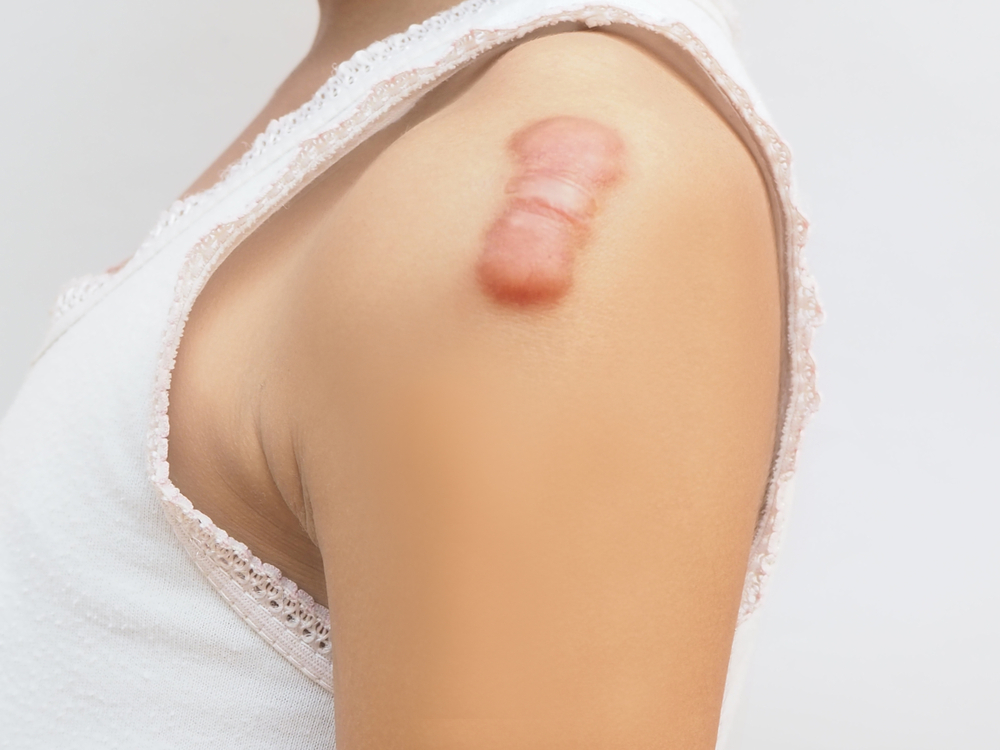
Keloids are a type of raised scar tissues that overgrow and become much larder than the original wound. They usually form in the area of skin injury. Although it is common for a scar to be thicker and raised, the keloids spread beyond the original area of the skin damage and it is permanent.
These keloids tend to form where trauma, acne, surgery, vaccinations, blisters or body piercings have injured the skin. At times, keloids may even develop out of the blue without any obvious trauma to the skin.
Other than that, the development of these keloids also causes itchiness and pain. The most common places they form are on the back, earlobes, chest, jawline and the shoulders.
What are the symptoms of Keloids?
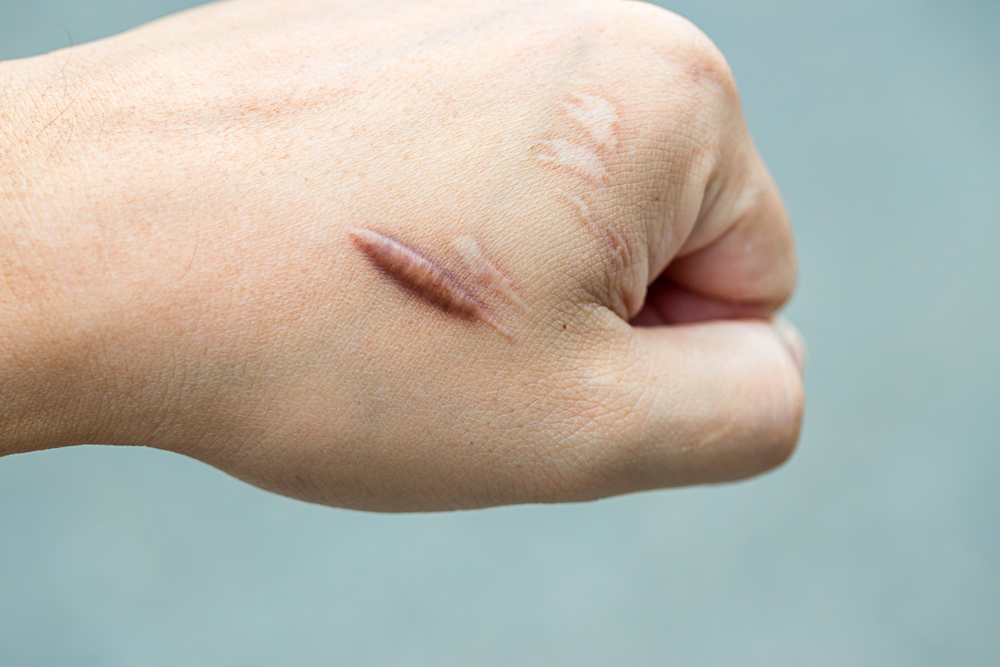
As the keloid comes from an overgrowth of scar tissue and is usually larger than the original wound itself, they may take weeks or months to fully develop.
Some of the symptoms of keloids are:
- A localised area that is flesh-coloured, red or pink
- A lumpy or ridged area of the skin that is usually raised
- An area that continues to grow larger with scar tissue over time
- An itchy patch of skin
What causes Keloids?
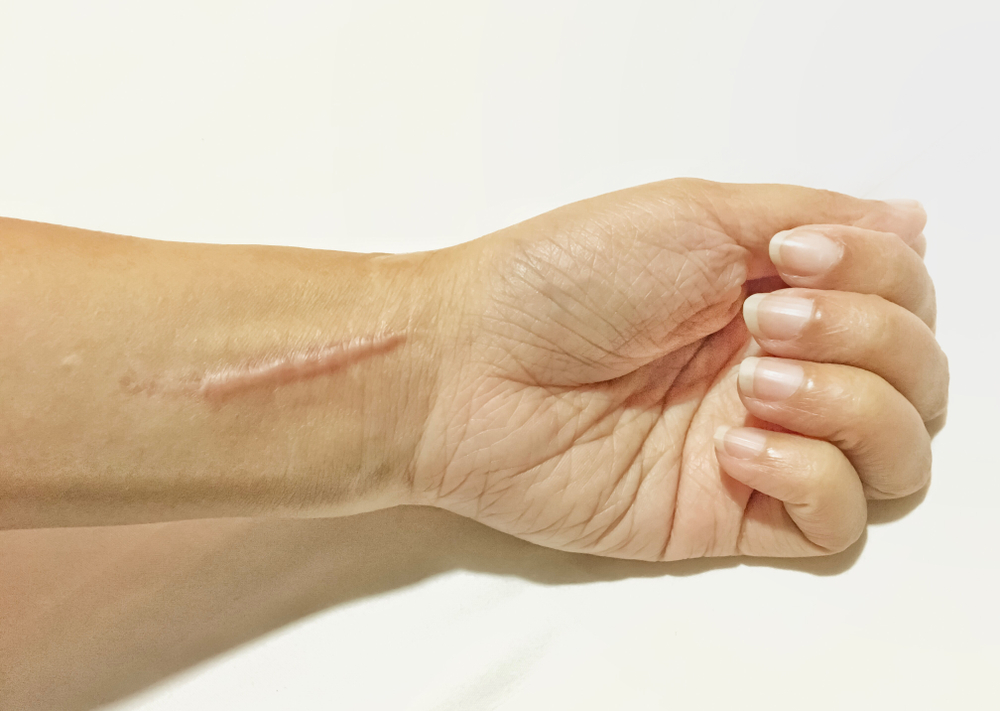
Most of the types of skin injury contribute to keloid scarring, and they are:
- burns
- scratches
- acne scars
- ear piercing
- vaccination sites
- chicken pox scars
- surgical incision sites
Not only that, but an estimated 10% of people also experience keloid scarring, both men and women. However, people with darker skin are more prone to keloids.
Some of the other causes of keloids include:
- being of Latina descent
- being of Asian descent
- pregnancy
- younger than the age of 20
- if one or both of your parents have keloids
Are Keloids dangerous?

Keloids are itchy but they are not harmful or dangerous to your health. You might be experiencing discomfort, tenderness or possible irritation from the friction of your clothes and that is all. Keloids are more of a cosmetic concern than a health one, even though the keloids may appear very large at times.
What are some of the Keloid removal solutions in Singapore?
When it comes to removing keloids, there isn’t a single treatment that would effectively remove keloids completely. Your doctor or aesthetician may combine two or more treatment methods to achieve the best-desired results. Also, if you have discovered that you have developed keloids, the earlier you start your
Steroid Injections

The steroid injections come in two distinct forms which are the topical steroids and the injection of steroid locally. During the injection procedure, the dermatologist will be injecting a corticosteroid solution directly into the keloid bump.
The purpose of the steroid is to aid in preventing the growth and reducing the size of the keloid. What the steroid does is it breaks the bonds between the dense collagen fibres. That helps reduce the amount of scar tissue that lies beneath your skin.
Not only that, but these steroids also have potent anti-inflammatory properties that aid in reducing the swelling, itchiness and redness.
CO2 Laser Therapy
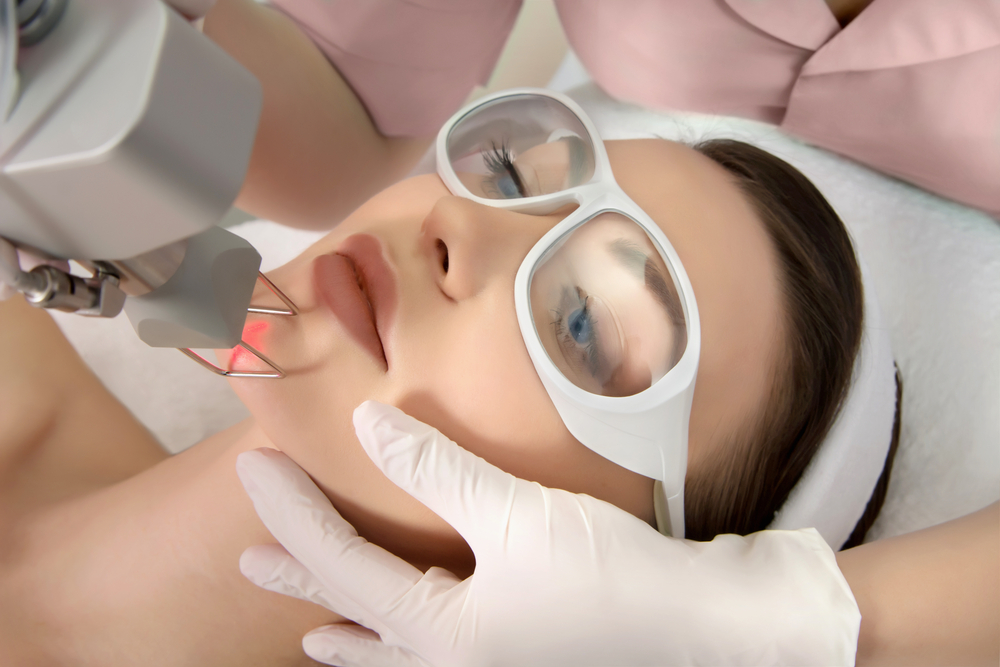
The CO2 laser therapy is one that is best recommended by dermatologists to reduce the discolouration and the redness in mature keloids. This procedure option is also used to correct uneven skin tone that is caused by the keloids. Additionally, it also minimises the appearance of stretch marks.
Pulsed Dye Laser Therapy
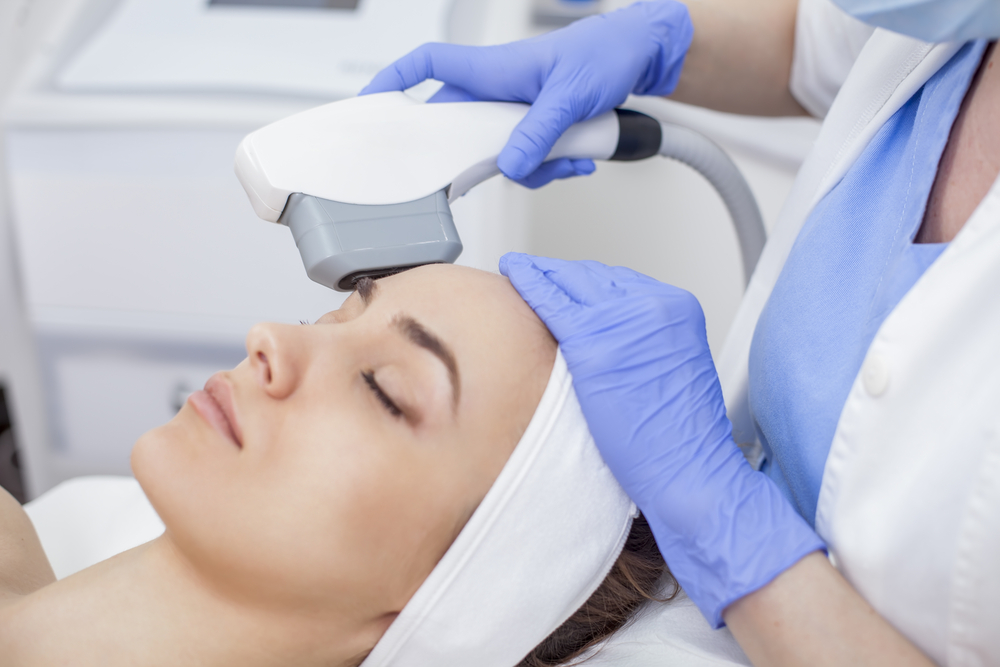
Pulsed Dye Laser Therapy is an effective treatment method that reduces redness and the discolouration in scars. It uses a highly focused beam of light on the scarred areas of keloids. However, laser therapies may be uncomfortable for some people and that is why topical anaesthetic cream will be applied to reduce the pain. On the other hand, your dermatologist will give you a consultation on the number of sessions that is needed, based on the severity of the condition.
Combination Approach
One of the most known and effective ways of dealing with keloids is to combine more than one treatment option. A combination of steroid injections and pulsed dye laser treatments are always recommended. This is because steroid injections reduce scar formation and inflammatory responses while the pulsed dye laser treatment helps reduce the blood supply to the area.
Keloid Surgery
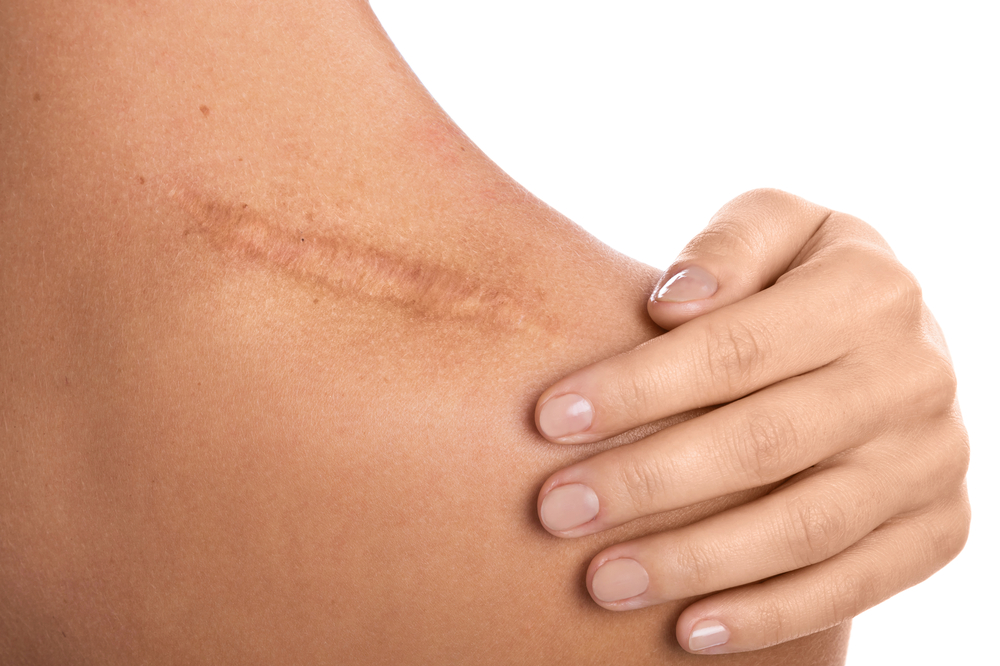
Keloid surgery is recommended when the keloids are very large or if it is an old keloid scar. However, the chances of a keloid scar returning after surgery are almost very high. although, the benefits of removing a large keloid may outweigh the risk of post-surgery scars.
Cryosurgery is the most effective type of surgery for keloid. Why it’s called cryotherapy is because the process freezes the keloid away with liquid nitrogen. However, in some cases, your doctor may recommend corticosteroid injections after surgery to reduce the inflammation and to lower the risk of keloids returning.


